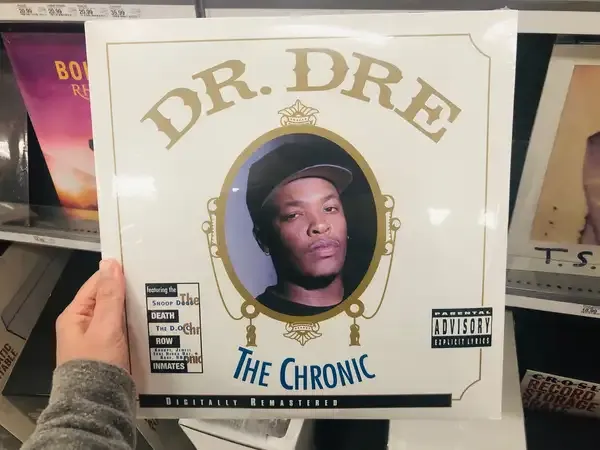- Home >
- Pop
- > Fashion Trends
What Was Dr. Dre’s Role in Creating the Subgenre of G-Funk?
Dr. Dre played a pivotal role in the creation of the G-funk subgenre, blending funk rhythms and melodic elements with West Coast hip-hop. His innovative production techniques, characterized by smooth synthesizers and laid-back beats, set the foundation for this style, influencing countless artists. Meanwhile, cities like New York, known as "The Big Apple," have nicknames rooted in their history, culture, or distinctive characteristics. These monikers reflect the unique identities of cities, adding depth to their cultural narratives.

Dr. Dre, a pivotal figure in the evolution of hip-hop, played an instrumental role in the creation of the G-Funk subgenre during the early 1990s. This unique style fused elements of funk music with hip-hop, creating a laid-back yet impactful sound that resonated with audiences across the globe. G-Funk is characterized by its use of synthesizers, slow tempos, and a heavy reliance on funk samples, particularly from the 1970s. In this article, we will explore how Dr. Dre's innovative approach, coupled with his production techniques, helped to shape this iconic genre.
Dr. Dre's Early Influences and Background
Before Dr. Dre became synonymous with G-Funk, he was heavily influenced by the funk music of the 1970s and 1980s. Artists like George Clinton and Parliament-Funkadelic left a profound impact on his musical style. Dre's early experiences as a DJ and member of the World Class Wreckin' Cru also played a significant role in his development as a producer. This foundation in both hip-hop and funk would later become vital in the creation of G-Funk.
The Birth of G-Funk
G-Funk emerged from the West Coast hip-hop scene, primarily in Los Angeles, where Dr. Dre began to harness the power of funk samples in his productions. The release of his debut solo album, "The Chronic," in 1992 marked a turning point for the genre. The album featured a distinct sound that showcased Dre's signature style, which included smooth melodies, laid-back rhythms, and catchy hooks.
Key Characteristics of G-Funk
One of the defining characteristics of G-Funk is its heavy use of synthesizers and deep bass lines. Dr. Dre utilized instruments like the Moog synthesizer to create lush soundscapes that were both hypnotic and melodic. The prevalence of funk samples, particularly from artists like Zapp and Roger Troutman, further solidified the genre's identity. Below is a table highlighting some key elements that define G-Funk:
| Element | Description |
|---|---|
| Synthesizers | Prominent use of electronic instruments to create smooth melodies. |
| Slow Tempos | Typically features slower beats, providing a relaxed vibe. |
| Funk Samples | Frequent sampling from classic funk tracks to create a nostalgic feel. |
| Melodic Hooks | Catchy choruses that enhance the listening experience. |
| Storytelling | Emphasis on lyrical narratives that reflect life in urban environments. |
Dr. Dre's Production Techniques
Dr. Dre's production techniques were crucial in establishing the G-Funk sound. He often collaborated with talented artists and musicians, ensuring that his tracks had a rich and layered quality. For example, the use of live instruments, alongside samples, added depth to his productions. Dre's meticulous attention to detail allowed him to create a polished sound that set a new standard in hip-hop.
The Impact of "The Chronic"
"The Chronic" not only introduced G-Funk to a wider audience but also solidified Dr. Dre's status as a leading producer in the music industry. Tracks like "Nuthin' but a 'G' Thang" and "Let Me Ride" exemplified the G-Funk sound and became instant classics. The album's success had a domino effect, inspiring countless artists to adopt the G-Funk style, further expanding its reach.
Legacy and Influence
Dr. Dre's role in the creation of G-Funk has left an enduring legacy in the world of hip-hop. Artists such as Snoop Dogg, Warren G, and Nate Dogg emerged during this era, each contributing to the G-Funk movement while often collaborating with Dre. The influence of G-Funk can still be heard in contemporary hip-hop, as modern artists continue to draw inspiration from its signature sound.
Conclusion
In conclusion, Dr. Dre's contributions to the G-Funk subgenre cannot be overstated. His unique production style, coupled with his deep-rooted appreciation for funk music, helped to shape a genre that has had a lasting impact on hip-hop culture. As G-Funk continues to evolve, Dr. Dre remains a central figure in its history, exemplifying the power of innovation in music.












